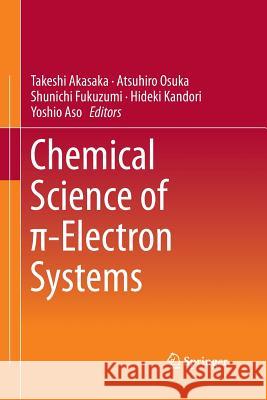Chemical Science of π-Electron Systems » książka
topmenu
Chemical Science of π-Electron Systems
ISBN-13: 9784431562436 / Angielski / Miękka / 2016 / 777 str.
Kategorie BISAC:
Wydawca:
Springer
Język:
Angielski
ISBN-13:
9784431562436
Rok wydania:
2016
Wydanie:
Softcover Repri
Ilość stron:
777
Waga:
1.08 kg
Wymiary:
23.39 x 15.6 x 4.01
Oprawa:
Miękka
Wolumenów:
01
Dodatkowe informacje:
Wydanie ilustrowane











